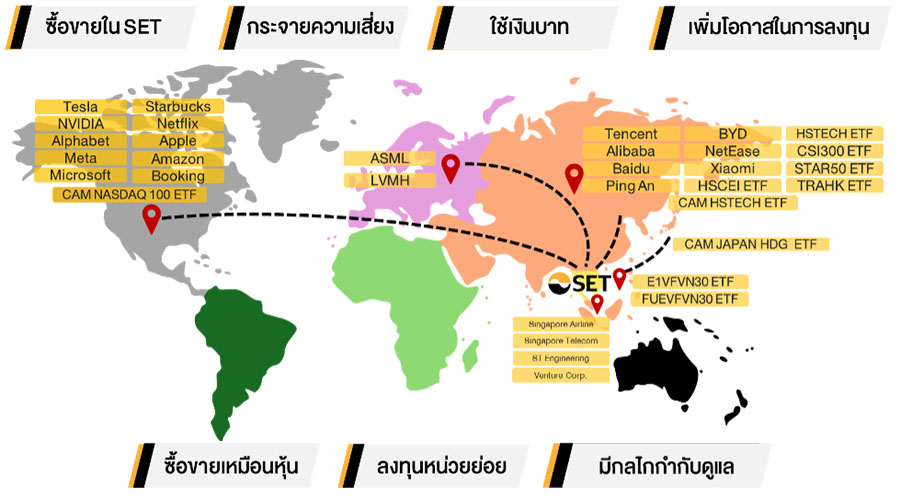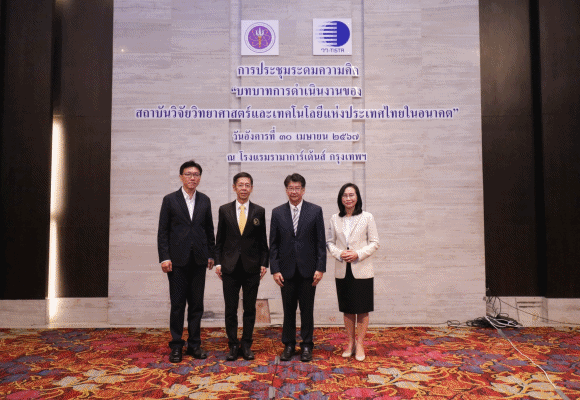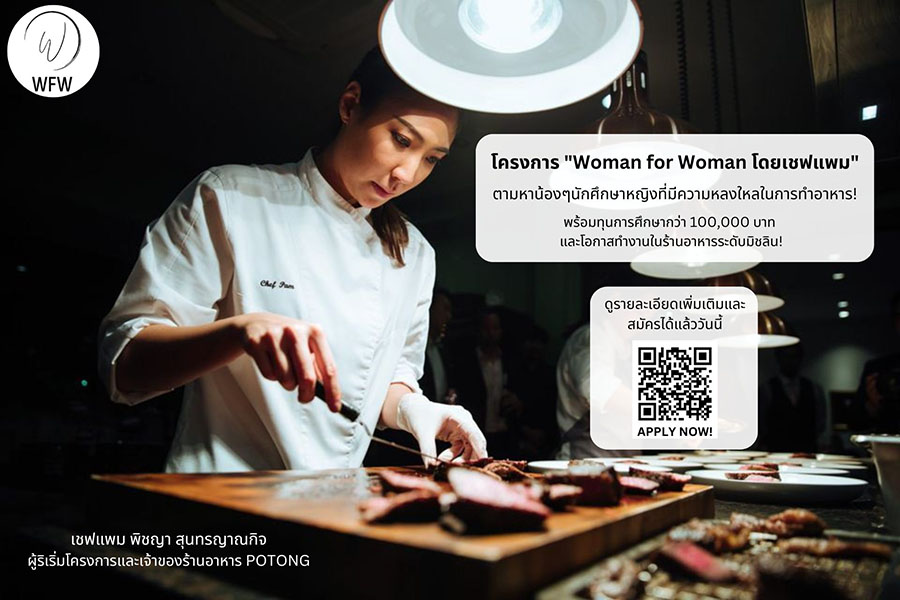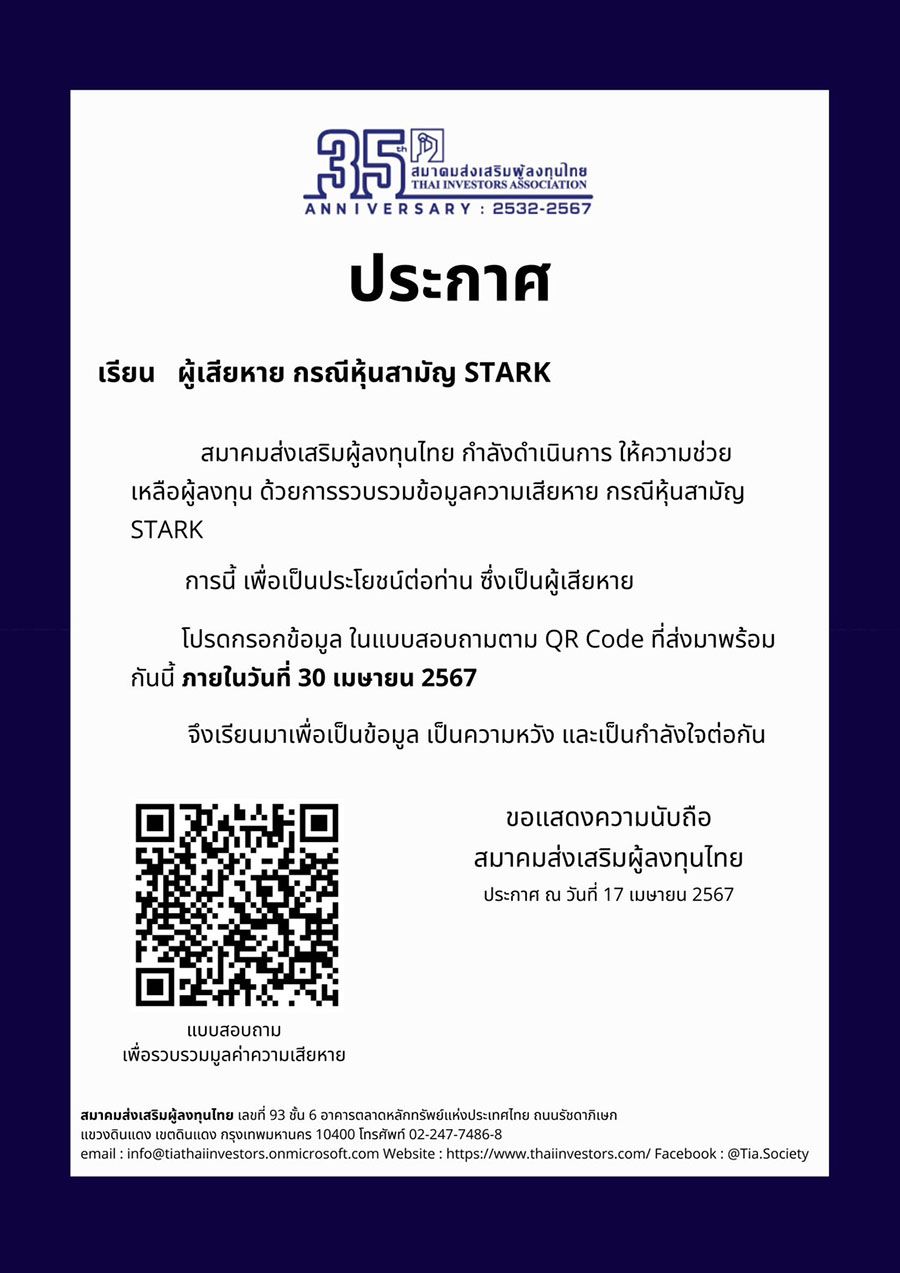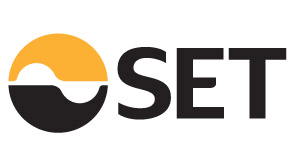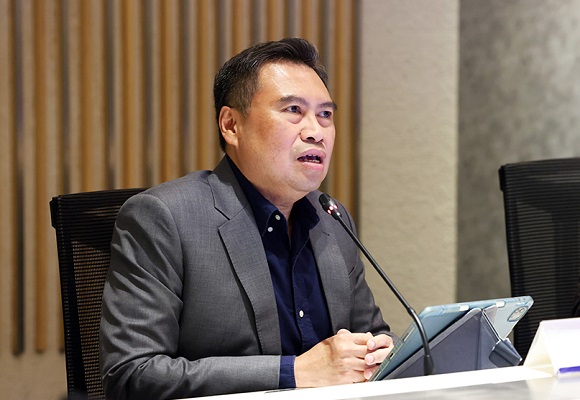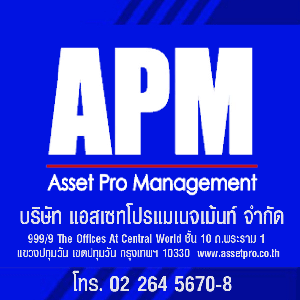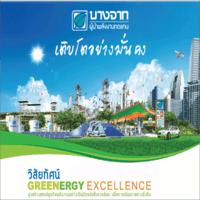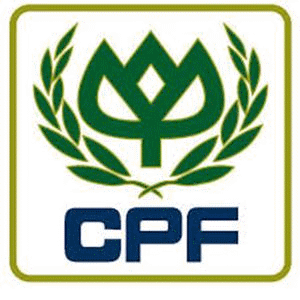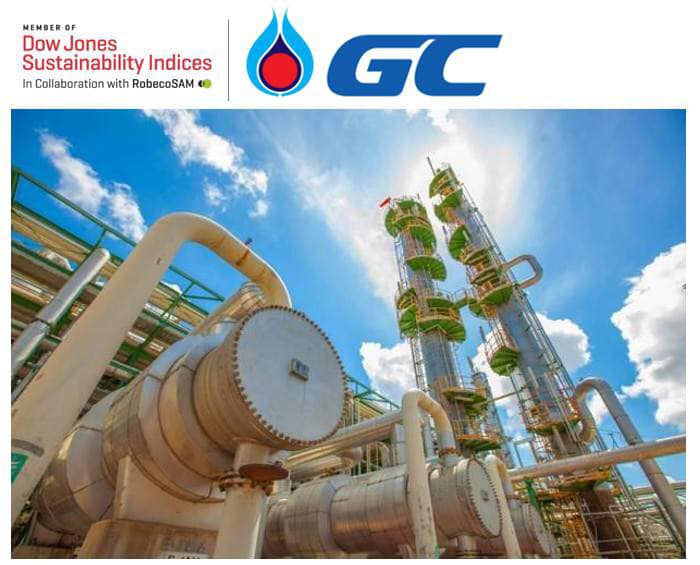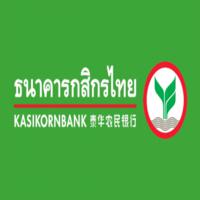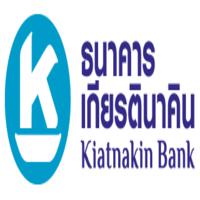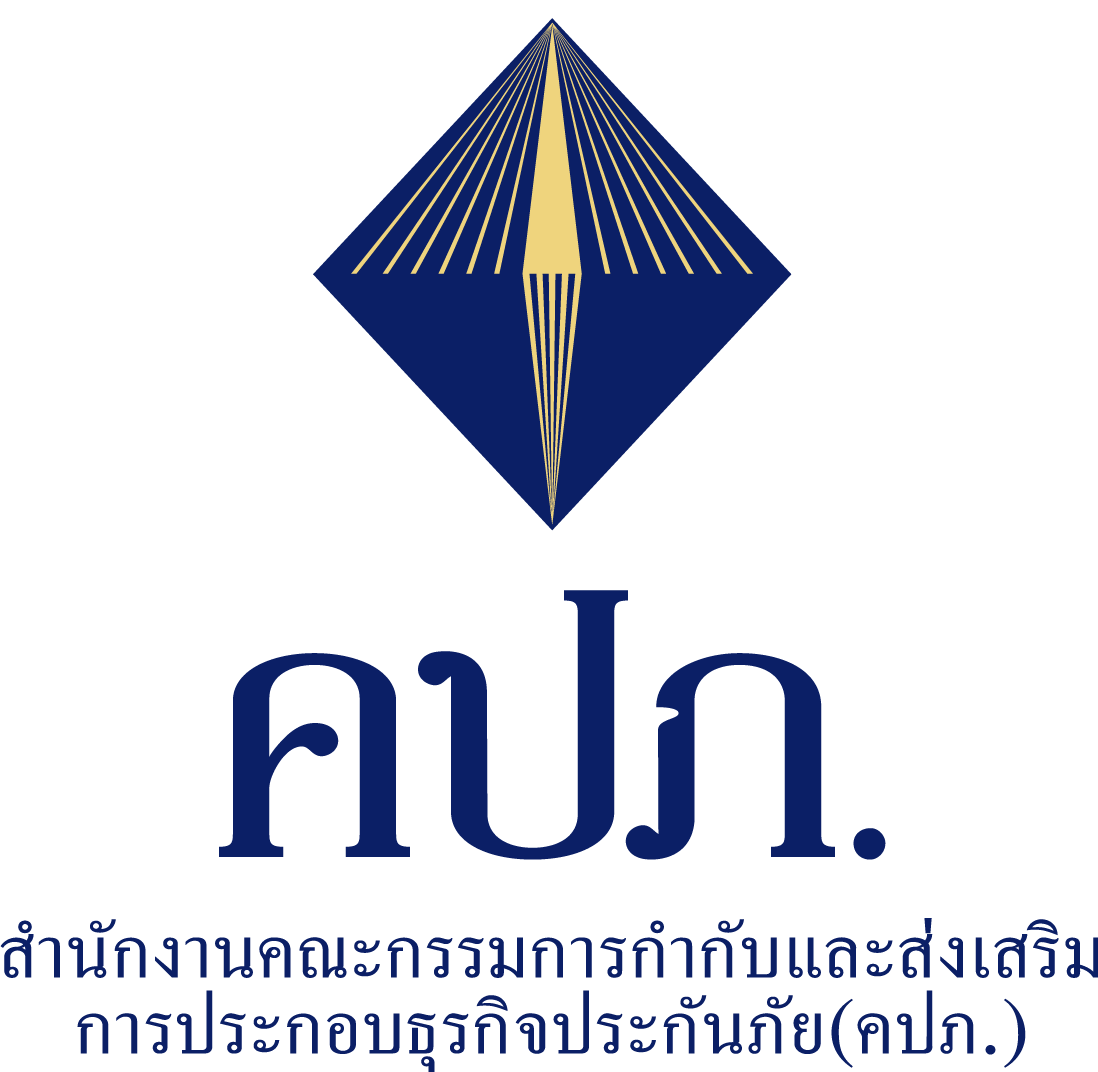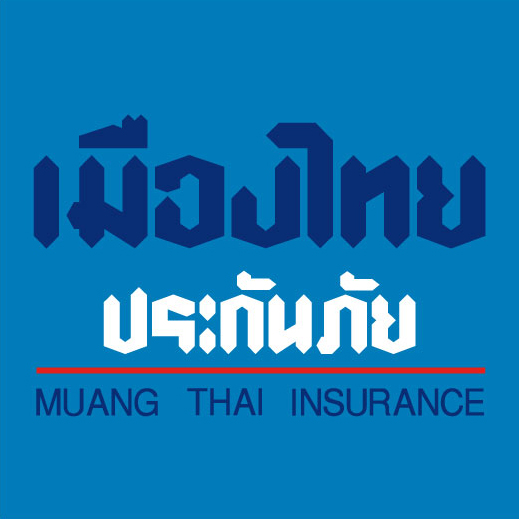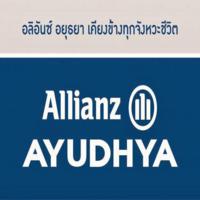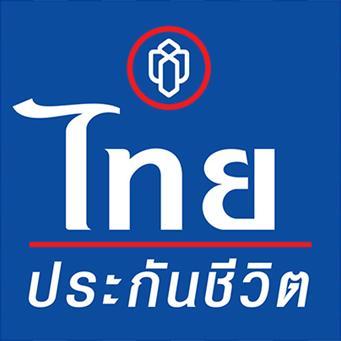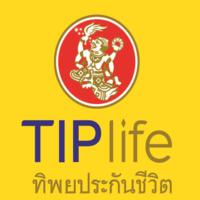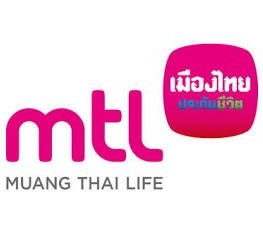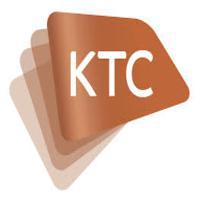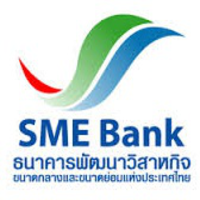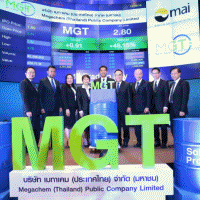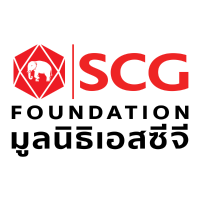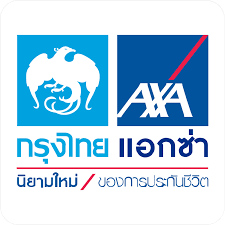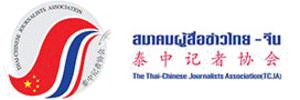- Details
- Category: วิเคราะห์-เศรษฐกิจ
- Published: Friday, 14 October 2016 11:52
- Hits: 5756
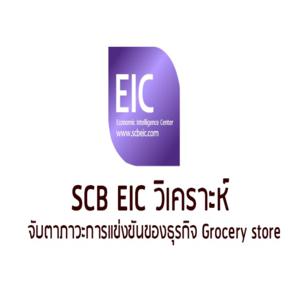 เศรษฐกิจไทยปี 2559 : ปัจจัยบวกชั่วคราวดันเศรษฐกิจโตกว่าคาด
เศรษฐกิจไทยปี 2559 : ปัจจัยบวกชั่วคราวดันเศรษฐกิจโตกว่าคาด
อีไอซี ปรับประมาณการการเติบโตของเศรษฐกิจไทยในปี 2559 เป็น 3.0% จากเดิม 2.8% จากตัวเลขครึ่งปีแรกที่ออกมาดีกว่าที่คาด เศรษฐกิจไทยในครึ่งปีแรกขยายตัวได้ที่ 3.4% เมื่อเทียบกับช่วงเดียวกันของปีก่อน ถือเป็นอัตราที่สูงกว่าที่คาดการณ์ โดยได้รับประโยชน์จากปัจจัยบวกชั่วคราวที่สำคัญ ได้แก่ มาตรการลดค่าธรรมเนียมการโอนอสังหาฯ ที่ช่วยเร่งให้เกิดการก่อสร้าง การเร่งใช้จ่ายรายจ่ายประจำและการลงทุนขนาดเล็กของรัฐบาล และการกระตุ้นยอดขายรถยนต์ของค่ายรถต่างๆ โดยมีภาคการท่องเที่ยวที่เติบโตได้ดีมาโดยตลอดเป็นอีกแรงสนับสนุนหลัก
การเติบโตทางเศรษฐกิจด้วยปัจจัยบวกชั่วคราวยังไม่เอื้อต่อสภาวะทางธุรกิจเท่าที่ควร แม้ว่าการเติบโตของเศรษฐกิจไทยจะดีกว่าคาดในช่วงครึ่งปีแรกแต่สภาวะทางธุรกิจกลับแสดงสัญญาณของการชะลอตัว โดยสินเชื่อโดยรวมเติบโตชะลอลง ขณะที่สัดส่วนหนี้เสียในระบบเพิ่มสูงขึ้น อีกทั้งดัชนีความเชื่อมั่นของทั้งผู้บริโภคและนักลงทุนก็ยังคงลดต่ำลงเมื่อเทียบกับปีก่อนหน้า นอกจากนี้ การที่แรงสนับสนุนจากปัจจัยดังกล่าวได้ลดน้อยลงเมื่อเข้าสู่ช่วงครึ่งปีหลังส่งผลต่อการใช้จ่ายในส่วนที่เกี่ยวข้องที่เคยเติบโตได้ดีในช่วงครึ่งปีแรกกลับมาชะลอลงในไตรมาสที่ 3 เช่น การเบิกจ่ายงบรายจ่ายประจำและดัชนีการก่อสร้างภาคเอกชน การขาดหายไปของปัจจัยหนุนดังกล่าวนั้นจึงอาจทำให้การขยายตัวในครึ่งปีหลังอาจไม่สูงเท่าที่ทำได้ในครึ่งปีแรกและอาจส่งผลทำให้สภาวะทางธุรกิจทรุดตัวลงกว่าเดิม
อีไอซี มองเศรษฐกิจไทยในปี 2560 ขยายตัวที่ 3.3% รอปัจจัยบวกใหม่ผลักดันการฟื้นตัว ภาครัฐได้ออกมาตรการกระตุ้นเศรษฐกิจระลอกใหม่เพื่อรักษาการเติบโตทางเศรษฐกิจหลังมาตรการฯ ชุดเก่าเริ่มอ่อนแรงลง เช่น มาตรการส่งเสริมคุณภาพชีวิตเกษตรกรรายย่อย และมาตรการสนับสนุนการเบิกจ่ายของภาครัฐ นอกจากนี้ เศรษฐกิจไทยในระยะต่อไปยังคงมีปัจจัยบวกใหม่รออยู่ ได้แก่ ภาระภาษีเงินได้บุคคลธรรมดาปี 2560 ที่จะลดลง การหมดภาระของการผ่อนชำระรถยนต์จากโครงการรถคันแรก และการฟื้นตัวของราคาน้ำมัน ซึ่งจะทำให้การใช้จ่ายภาคเอกชนทั้งการบริโภคและการลงทุนมีแนวโน้มฟื้นตัวหลังจากซบเซามาเป็นเวลานาน ในส่วนของมูลค่าการส่งออกสินค้าก็จะเริ่มฟื้นตัวได้เล็กน้อยที่ 1.5% จากราคาสินค้าที่ปรับตัวสูงขึ้นตามราคาน้ำมันและการส่งออกสินค้ากลุ่มอุปโภคบริโภคที่คาดว่าจะยังคงขยายตัวได้ต่อเนื่อง ขณะที่ปัจจัยสนับสนุนหลักในช่วงที่ผ่านมาอย่างด้านการท่องเที่ยวและการลงทุนภาครัฐในโครงสร้างพื้นฐานยังคงมีแนวโน้มเติบโตดี
เศรษฐกิจไทยยังคงมีความเสี่ยงรอบด้าน กำลังซื้อภาคเอกชนยังคงถูกกดดันจากสภาวะตลาดแรงงานที่ไม่เอื้ออำนวย ขณะที่ภาระหนี้ครัวเรือนก็ยังอยู่ในระดับสูง อีไอซีเห็นว่าความเสี่ยงด้านกำลังซื้อเป็นปัจจัยสำคัญที่ทำให้การบริโภคในประเทศฟื้นตัวได้อย่างจำกัดและมีความอ่อนไหวต่อมาตรการกระตุ้นเศรษฐกิจของภาครัฐ ขณะเดียวกัน ความเสี่ยงจากภายนอกมีเพิ่มขึ้นจากเศรษฐกิจโลกที่ถูกกดดันด้วยปัญหาหนี้และความเสี่ยงทางการเมืองที่สูงขึ้นในหลายภูมิภาคสำคัญ อย่างไรก็ตาม สถานะทางการเงินระหว่างประเทศของไทยยังคงอยู่ในเกณฑ์ดีสามารถรองรับความเสี่ยงจากความผันผวนในตลาดเงินได้ดี อีไอซีคาดว่าอัตราดอกเบี้ยนโยบายของธนาคารแห่งประเทศไทยจะคงอยู่ที่ระดับ 1.5% ไปจนถึงปลายปี 2560 ขณะที่ค่าเงินบาทมีแนวโน้มอ่อนค่าเช่นเดียวกับเงินสกุลอื่นในภูมิภาคไปอยู่ที่ 35.5 และ 37.0 บาทต่อดอลลาร์สหรัฐฯ ในช่วงปลายปี 2559 และปลายปี 2560 ตามลำดับ
The Thai Economy in 2016: Unexpected Growth Boosted by Transitory Positive Factors
SCB Economic Intelligence Center (EIC) adjusted the Thai economy's 2016 growth forecast to 3.0%, from 2.8%, based on better-than-expected data from the first half of the year. Compared to the same period last year, the economy grew by 3.4% during the first six months of 2016, a rate higher than expected. The economy benefited from transitory positive factors, including a reduction of real estate transfer fees, which helped speed up construction; accelerated disbursements of public funds, including those for smaller investments; and car sales promotions by manufacturers. The continuing strength of the tourism sector was another positive factor.
Despite the unexpected growth, business conditions remain unstable. Although the economy expanded more than expected during the first half of the year, certain business conditions signaled a slowdown. Credit is growing at a rather slow rate, while bad debts are mounting. Both the consumer and investor indexes also dropped compared to the previous year. As the temporary factors mostly dissipated, related expenditures that had grown during the first two quarters slowed down in the third quarter, as can be seen in the slower disbursement of the current expenditure and the drop in the private construction index. Therefore, growth in the second half of the year may not be as high as in the first half and may lead to worsening business conditions.
With new positive factors boosting recovery, the Thai economy should expand by 3.3% in 2017. The government has issued new economic stimulus measures designed to support continuing growth as the previous ones wane. These new measures include assistance to farmers in order to improve their livelihoods and measures for public disbursement acceleration. In addition, 2017 will see new positive factors, including reduced personal income tax burden, the end of loan repayment under the first car program, and a recovery of oil prices. Private sector spending on consumption and investment is therefore likely to pick up after a long period of stagnation. Export value overall is likely to rise by 1.5%, thanks to higher prices of goods corresponding with higher oil prices and continuing external demand for consumer goods. Key support factors in the past, including tourism and public investment in infrastructure, are expected to continue expanding.
Many risk factors remain for the Thai economy. The slow labor market continues to exert pressure on private sector purchasing power, while household debts remain high. In EIC's view, risk due to purchasing power is a key obstacle to a full recovery of domestic consumption. It also makes recovery more dependent on public stimulus measures. At the same time, the economy also faces external risks due to mounting global debt and rising political risk in many regions. However, Thailand's financial standing remains stable, and the economy should be able to absorb risk stemming from volatility in the global financial market. EIC expects the Bank of Thailand to keep its policy rate of 1.5% through late 2017. Like other currencies in the region, the baht is likely to weaken, between 35.5 baht to one US dollar in late 2016 and 37 baht to one US dollar in 2017.


















